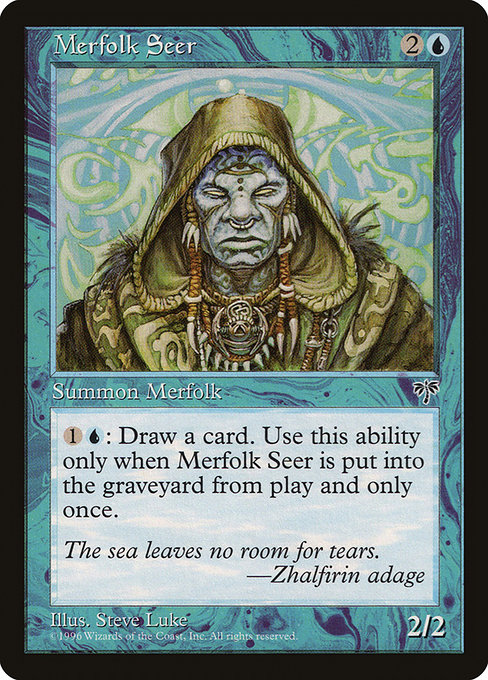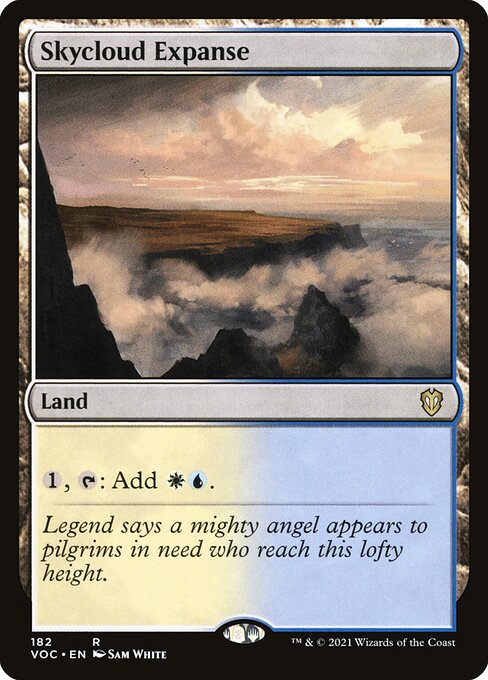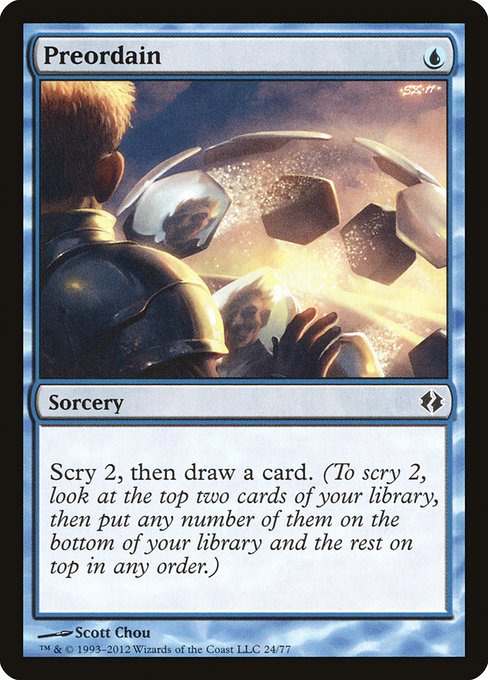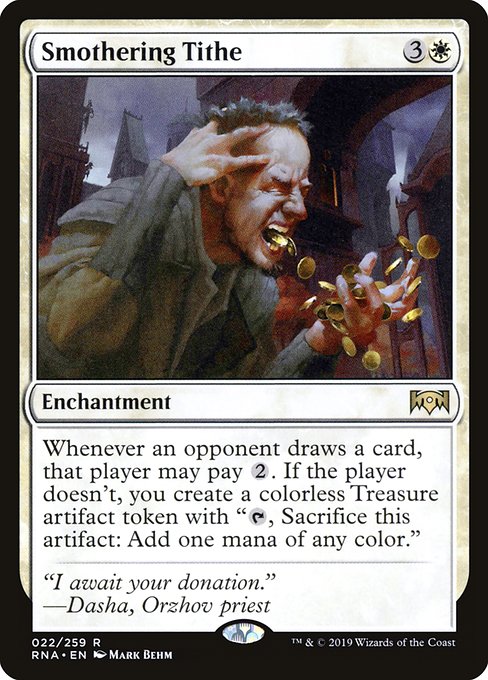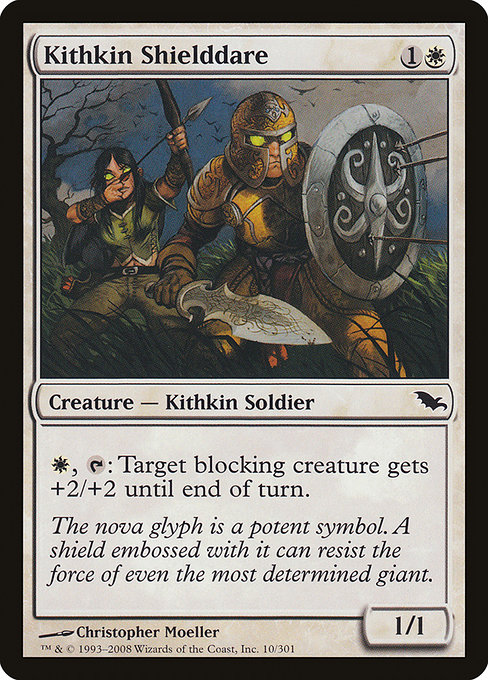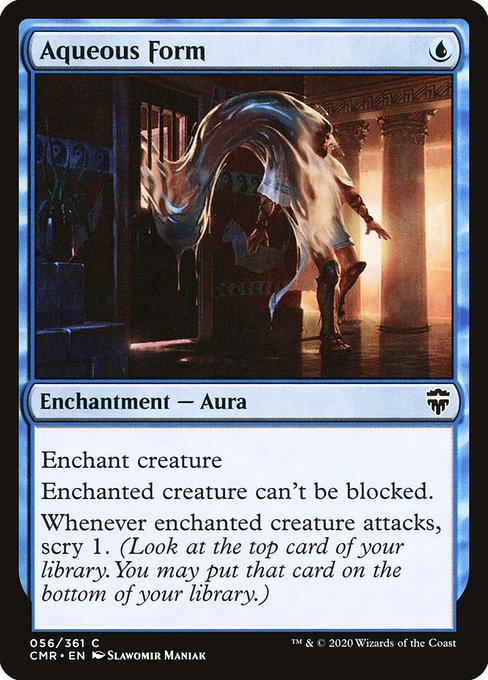
Aqueous Form

Full Analysis
Generated on 2025-06-29T12:58:05.234303 • Legacy FormatAqueous Form: Unlocking the Power of Unstoppable Creatures
In the realm of Magic: The Gathering, enchantment auras have long been a staple of competitive decks. Among these, Aqueous Form stands out for its ability to create unblockable attacking creatures and generate card draw through their attack phase. In this review, we'll delve into the intricacies of Aqueous Form, exploring its mechanics, strategic uses, deckbuilding roles, format viability, rules interactions, art, flavor, and historical context.
Mechanics and Interactions
Aqueous Form is an enchantment aura that can be attached to any creature. Once attached, the enchanted creature gains two key abilities: it becomes unblockable and whenever it attacks, scry 1 (look at the top card of your library). The "can't be blocked" ability makes the enchanted creature nearly untouchable in combat, as it cannot be affected by opposing creatures' abilities that would block it. This can lead to significant advantages on the battlefield.
When the enchanted creature attacks and exerts control over an opponent's life total, Aqueous Form's scry 1 ability triggers. This allows players to look at the top card of their library and potentially put it on the bottom, creating a new draw interaction. For example, if a player is looking for a specific card like Golgari Findbroker, they can attack with an enchanted creature and use the scry to look at the top card of their library.
Strategic Uses, Combos, and Synergies
Aqueous Form is best used on aggressive creatures that can generate card advantage through their attacks. By enchanting a powerful early-game attacker like Monastery Swiftspear, players can create a formidable early-game presence while generating card draw to fuel their strategy.
Combining Aqueous Form with cards that allow for ramp or acceleration, such as Mox Opal or Simian Spirit Guide, can accelerate the player's game plan and generate more value from their creatures. For example, enchanting a creature with Aqueous Form and using it to attack while ramped up with Sylvan Library can lead to significant card draw and advantage.
Synergies between Aqueous Form and other cards can be powerful. For instance, combining Aqueous Form with creatures that have a strong power-toughness ratio or trample can create an almost unbeatable attacking force. Additionally, using Aqueous Form in combination with removal spells like Counterspell or Vraska's Contempt can allow the player to generate card advantage while removing opposing threats.
- Aggro Decks: Aqueous Form is a staple in aggressive decks that prioritize dealing damage quickly and generating card advantage through early-game attacks.
- Control Decks: Control players often incorporate Aqueous Form for similar reasons, creating a formidable attacking presence and generating card draw to attack their opponents more effectively.
Deckbuilding Roles and Archetypes
Aqueous Form can fit into various deck archetypes. Aggro decks benefit greatly from its ability to create unblockable attacking creatures and generate card draw. Control decks also see value in Aqueous Form, as it allows them to create a formidable attacking presence while generating card draw.
When building an aggressive deck around Aqueous Form, players should focus on including powerful early-game attackers that can benefit from the enchantment's abilities. Cards like Monastery Swiftspear or Goblin Guide are excellent choices for this purpose.
In contrast, control decks often prioritize cards that allow them to generate card advantage through removal and pressure spells. However, incorporating Aqueous Form into their deck list can provide a powerful additional layer of attack and defense.
Format Viability and Competitive Context
Aqueous Form has seen significant play in Standard formats, particularly in Modern. Its ability to create unblockable attacking creatures makes it difficult for opponents to defend against.
In Constructed formats like Modern, Aqueous Form is often played on powerful early-game attackers or larger threats that can generate card advantage through their attacks. Its versatility and potential for value generation make it a staple in many Modern decks.
However, in Limited formats like Sealed Deck or Draft, the effectiveness of Aqueous Form may be limited due to the need to spend multiple mana slots on enchantments, which can limit access to other important cards.
Rules Interactions and Technical Notes
Aqueous Form is an enchantment aura that requires a permanent (either an artifact, enchantment, or planeswalker) as its source. Since Golgari Findbroker is not typically considered a viable artifact to enchant with Aqueous Form, players should look towards other artifacts like Tangle Wire.
When enchanted with Aqueous Form, the enchanted creature can become unblockable but still has to adhere to its own abilities and restrictions. For example, if an enchanted creature is blocked by opposing creatures and they are forced to defend against it due to Aqueous Form's effects, the block's effect would apply as normal.
Art, Flavor, and Historical Context
Aqueous Form's artwork depicts a jellyfish-like creature wrapped around a majestic creature, representing its connection with sea life. This illustration emphasizes the enchantment's aquatic theme while showcasing its power.
The flavor of Aqueous Form fits well into an aquatic-themed deck list where creatures are inspired by ocean dwellers or other sea creatures. By incorporating Aqueous Form and other aqua-themed cards, players can create a cohesive and visually appealing deck that showcases their connection with the ocean's majesty.
Historically, enchantment auras like Aqueous Form have been staples in the Magic: The Gathering format for many years. With its unique ability to make creatures unblockable while generating card draw, it has become a valuable addition to players' collections and continues to be played in various formats today.
Summary of Key Points
In summary, Aqueous Form is an enchantment aura that grants enchanted creatures immunity to being blocked and generates card draw when they attack. It's best suited for aggressive decks that prioritize creating card advantage through early-game attacks.
- Aqueous Form's Ability: Creates unblockable attacking creatures and generates card draw through their attack phase.
- Strategic Uses: Best used on powerful early-game attackers to create a formidable early-game presence and generate card draw.
- Synergies: Combines well with ramp or acceleration spells, removal spells, and creatures with strong power-toughness ratios or trample.
Overall, Aqueous Form is a powerful enchantment aura that provides a unique playstyle and versatility in various formats.
